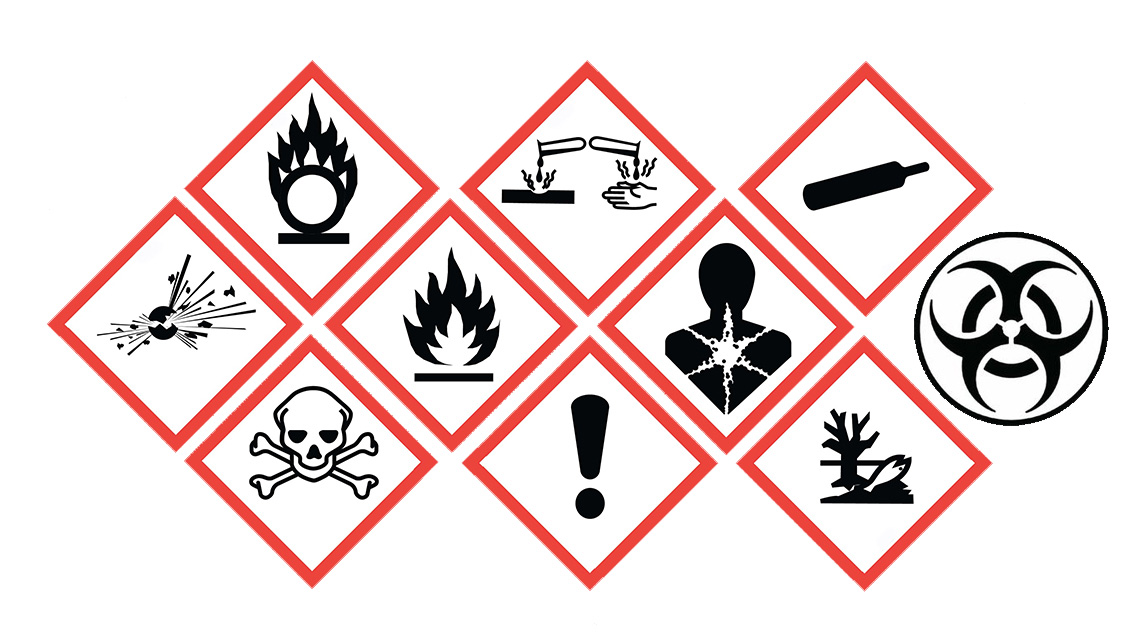Health Canada- WHMIS 2015

In Canada, the Workplace Hazardous Materials Information System (WHMIS 2015) requirements are in the Hazardous Product Act (HPA), and the new Hazardous Products Regulations (HPR).
Hazard Classes
Under the Globally Harmonized System of Classification and Labelling of Chemicals (GHS), there are three types of hazard classes:
-
- Health Hazard Classes:
-
- Products/substances that are hazardous to a person’s health, (e.g. skin sensitization).
-
- Physical Hazard Classes:
-
- Represent the hazards related to physical and chemical properties, (e.g. flammability).
-
- Environmental Hazard Classes:
-
- Hazardous to the aquatic and to the ozone layer.
Here is information about the Hazard Classes that are discussed in the HPR.
|
Health Hazards
|
Physical Hazards
|
Environmental Hazards
|
|
|
|
Safety Data Sheets
The concept of communicating the hazards of a product on an SDS remains the same under the new HPR. However, there are different pictograms and statements are required under the HPR than were required under the Controlled Products Regulations (CPR).
Canada and the U.S
Both Canada and the US are working together to keep the differences to an absolute minimum, and the variances that remain are necessary to maintain the current level of protection for Canadian workers. Through the implementation of GHS, it is possible to meet both of the countries requirements by using a single label and SDS for each hazardous product.
For more information about the New Hazardous Products and Regulations Requirements, please visit Health Canada. Please contact Nexreg for all your Canadian and Global SDS services, and GHS Compliance.
